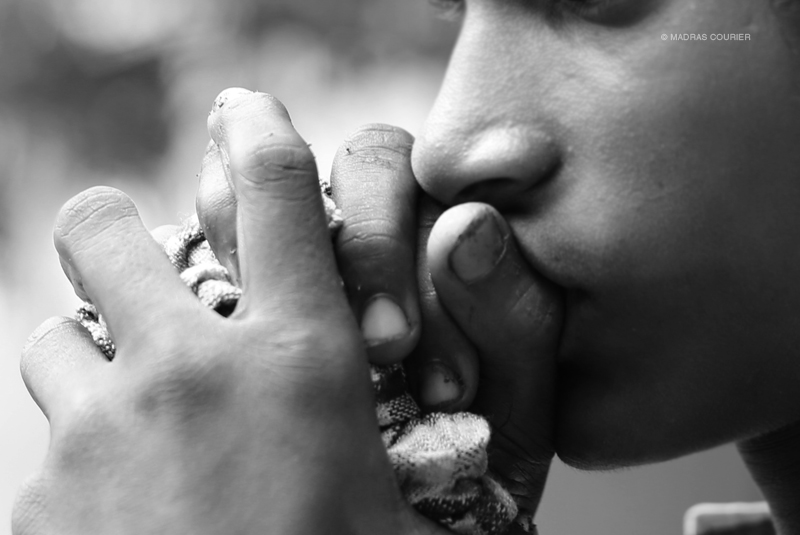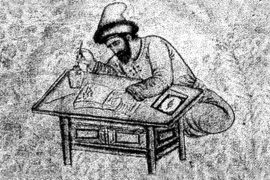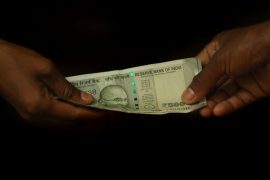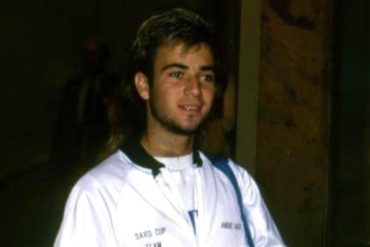A 2008 study in the United States revealed a long-known fact about anti-drug campaigns – that they don’t work. 94 percent of the youths surveyed were aware of the anti-drug campaigns, but statistics showed no decrease in marijuana use for those aged 12 to 18.
Revisiting the debate on drugs among youth has a new urgency in India. Over 200 schoolchildren in Hyderabad were found to be customers of drug peddlers selling ganja, Lysergic Acid Diethylamide (LSD) and Ecstasy.
What was surprising was that acid (the common name for LSD), as well as ecstasy, had made their way into India’s schools. This mainstream use of chemically-synthesized drugs is relatively new in India, especially among children. Yet, those in charge of drug control policies are hopelessly disconnected from the narratives that are fed to the young. And they don’t tackle the real narratives that teenagers, college-goers, and the new Indian youth are telling each other to promote drug use.
It starts with the word – drug. It comes with a connotation – bad – and it’s more common in the vocabulary of parents and law enforcement than in that of drug users. Nobody says “I’m going to take some drugs now.” Their language is different – ‘smoke up’, ‘toke up’, ‘take a hit’, ‘drop a blot’, ‘find Molly‘ and so on. If one was to try heroin, the word is ‘chase the dragon’.
Copyright©Madras Courier, All Rights Reserved. You may share using our article tools. Please don't cut articles from madrascourier.com and redistribute by email, post to the web, mobile phone or social media.Please send in your feed back and comments to [email protected]











